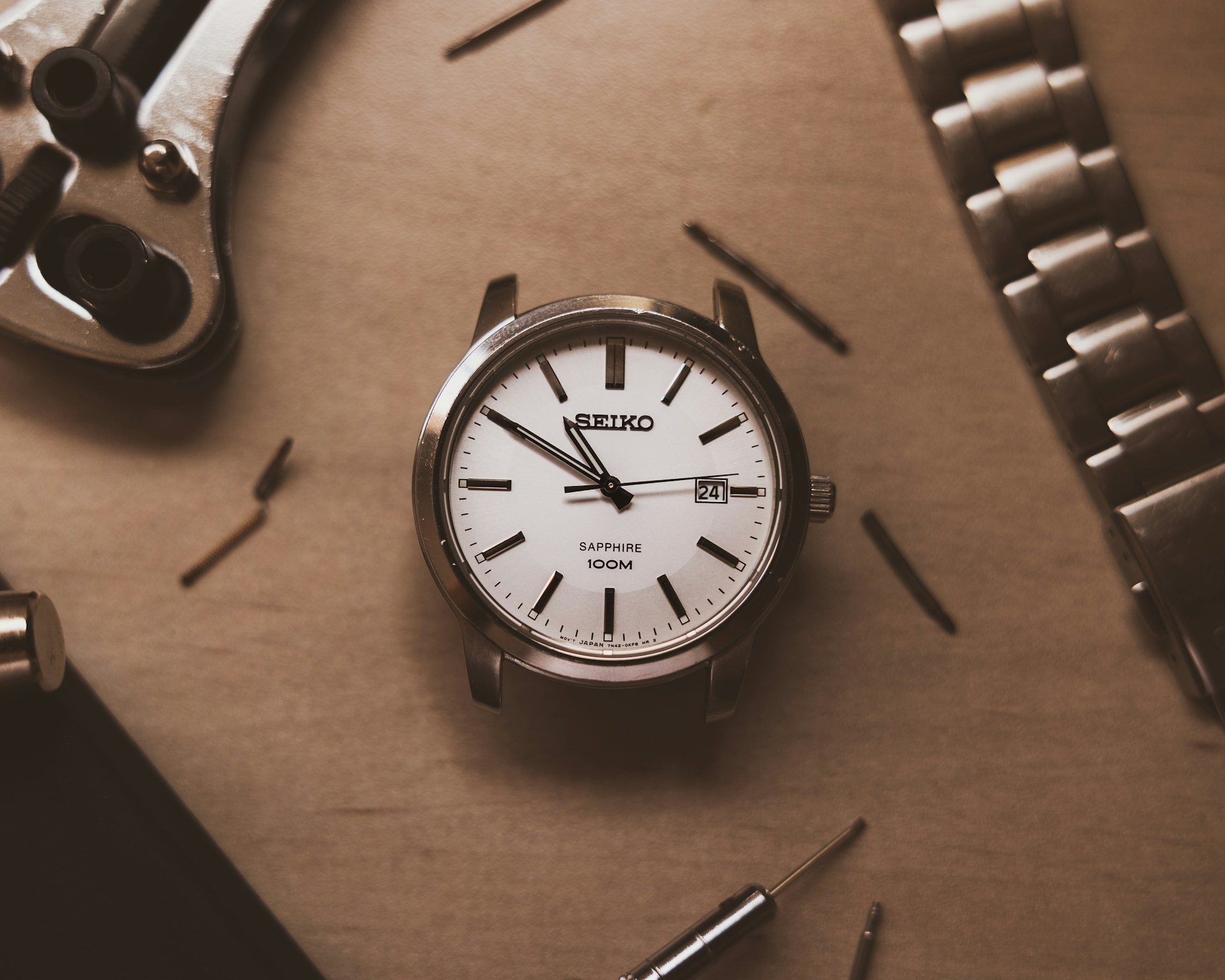A luxury watch is more than just a timepiece it’s a statement of style, a symbol of craftsmanship, and often, a valuable investment. But as elegant and precise as these watches are, they demand proper care. One wrong cleaning method can leave your prized possession scratched, corroded, or even permanently damaged.
Maintaining your luxury watch isn’t just about keeping it looking pristine; it’s about preserving its performance, longevity, and value. From delicate metals and crystals to intricate mechanisms and leather straps, each component requires careful attention.
In this ultimate guide, we’ll walk you through everything you need to know to clean your luxury watch safely. You’ll learn the right techniques for different materials, understand the risks of improper care, and discover expert tips for both daily upkeep and deep cleaning. Whether you own a classic dress watch, a rugged sports model, or a modern smart luxury watch, this guide ensures your timepiece stays flawless for years to come.
Understanding Your Luxury Watch
Before you even pick up a cloth, it’s essential to understand the type of watch you own and the materials involved. Luxury watches generally fall into four categories:
- Mechanical Watches: Powered by a manual winding mechanism, these watches are highly delicate and require careful handling.
- Automatic Watches: These self-winding watches harness motion to operate. While durable, their exposed mechanisms can be sensitive to moisture.
- Quartz Watches: Battery-operated and generally low-maintenance, quartz watches are easier to clean but still need proper care.
- Smart Luxury Watches: Combining technology with elegance, these require extreme caution around liquids and chemicals.
The materials of your watch dictate the cleaning approach. Metals like gold, stainless steel, and titanium are sturdy but prone to scratches and tarnishing. Leather straps demand gentle cleaning and conditioning to prevent cracking or discoloration. Rubber and silicone straps are resilient but need proper drying to avoid odors or degradation. Finally, ceramic and sapphire crystals are scratch-resistant yet can shatter if handled roughly.
Understanding water resistance ratings is crucial. Watches marked as water-resistant can handle limited moisture, while others should never be submerged. Even with resistance, avoid hot water and steam exposure, as it can damage seals and delicate mechanisms.
General Safety Tips Before Cleaning
Safety is key to avoiding costly mistakes. Always wash and dry your hands to prevent oils and dirt from transferring to the watch. Work on a soft, clean surface, like a microfiber cloth, to protect the case and crystal from scratches. Good lighting and magnification help you see tiny crevices and components clearly. Finally, avoid household chemicals or abrasive materials, which can corrode metal, stain leather, or scratch crystals.
Step-by-Step Cleaning Process
Daily/Light Cleaning:
For routine maintenance, gently wipe your watch with a soft microfiber cloth. This removes fingerprints, dust, and smudges without harming delicate surfaces.
Deep Cleaning for Metal Straps and Cases:
Use warm water and mild soap, scrubbing lightly with a soft brush to reach crevices. Rinse carefully and dry thoroughly to prevent water spots or corrosion.
Cleaning Leather Straps:
Wipe with a damp cloth and use leather conditioner to keep the strap supple. Avoid soaking the leather, which can weaken and discolor it.
Rubber and Silicone Straps:
Wash with mild soap and water, then dry quickly to prevent lingering moisture that could cause odors or material breakdown.
Cleaning the Watch Crystal:
Use a microfiber cloth or specific watch cleaner to wipe the crystal. Avoid abrasive materials, especially on sapphire or mineral glass, to prevent scratches.
Special Considerations
Certain watches require extra caution. Models with chronographs or calendar complications have additional moving parts that are delicate and prone to damage if cleaned improperly. Vintage watches can be particularly fragile due to aged seals and materials. Smart luxury watches require care around electronics, avoiding liquids and harsh chemicals entirely.
Professional Maintenance
Even with careful cleaning, professional servicing is essential. Seek certified watchmakers for inspections or repairs, especially for mechanical and vintage watches. Service intervals vary by type mechanical and automatic watches typically benefit from servicing every 3–5 years, while quartz watches may require less frequent attention.
Tips for Long-Term Care
Proper storage and routine checks extend your watch’s lifespan:
- Store watches in boxes with humidity control to prevent corrosion and leather damage.
- Perform regular inspections for scratches, loose screws, or worn straps.
- Rotate usage between multiple watches to minimize wear and strain on any single piece.
Conclusion
Maintaining a luxury watch is a blend of patience, knowledge, and care. By understanding your watch’s type and materials, following safe cleaning practices, and scheduling professional maintenance, you preserve both its beauty and functionality. With consistent, gentle care, your timepiece can remain a timeless companion and a testament to your style for years to come.
